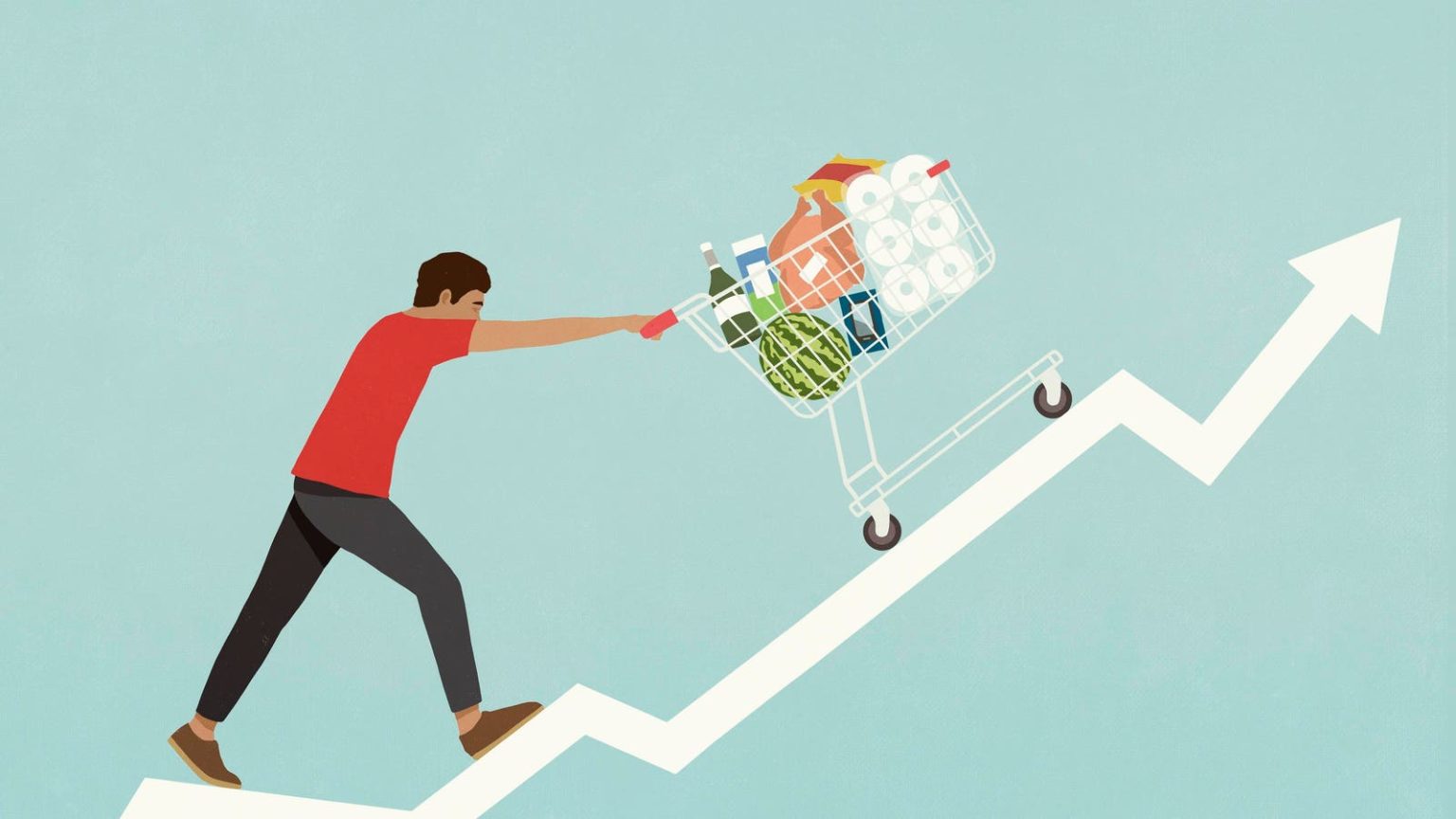Inflation has been a significant concern over the past few years, with rates reaching a peak of 9.1% in June 2022 before declining to the current level of 3.2%. While this is an improvement from earlier in the year, it still exceeds the Federal Reserve’s 2% target. Despite the decrease in overall inflation, consumers may still feel the impact of high prices when shopping for goods and services.
One reason for the discrepancy between declining inflation rates and high prices is that there is a difference between inflation and a high price level. Inflation measures how much more expensive goods and services have become over a certain period, usually a year. Prices are typically sticky, meaning they are slow to decrease even as inflation slows down. This can create the perception that prices remain high, even as inflation decreases.
Personal inflation rates can also differ based on the mix of goods and services an individual consumes. While overall inflation rates are reported as a single number, different categories such as education, rent, food, and energy may experience varying levels of inflation. This means that individuals may feel the impact of higher inflation in certain areas, such as education or medical expenses, while experiencing lower inflation in others.
The focusing effect can also contribute to the perception of higher inflation rates. People tend to focus on negative things, such as items that have experienced high inflation, while overlooking or downplaying areas where prices have remained stable or even decreased. This can create a skewed perception of inflation, leading individuals to feel the pinch at the checkout despite overall decreasing inflation rates.
It is important to adopt a complete mindset concerning inflation and recognize that personal inflation realities may differ from the headline numbers. While overall inflation may be trending downward, individuals may still feel the impact of high prices in certain categories. Understanding how inflation affects personal consumption habits can provide perspective as the economy transitions to a more stable trend of low inflation.
As the economy continues to adjust to changing inflation rates, consumers can take steps to mitigate the impact of high prices. By being aware of how personal consumption habits may influence inflation perceptions and staying informed about trends in different categories of goods and services, individuals can make more informed purchasing decisions and adapt to the evolving economic landscape.


